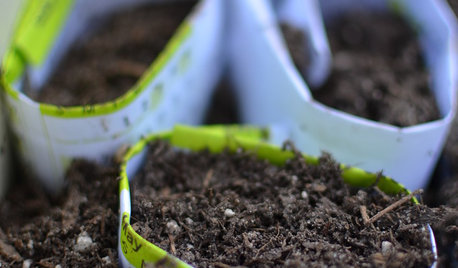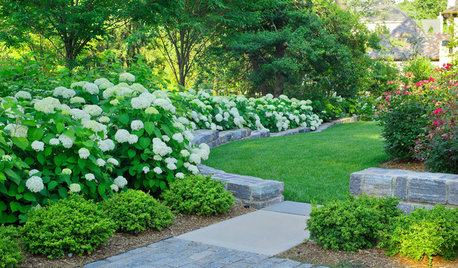Crown Reduction-trees: Deciduous/Evergreen
blueberrier1
10 years ago
Related Stories

ARBOR DAY8 Reasons to Plant a Great Tree
Beauty is its own reward, but the benefits of planting the right tree in the right place go way beyond looks
Full Story
HOLIDAYS10 Ways Your Christmas Tree Can Live On After the Holidays
Learn how to recycle your Christmas tree and reap benefits for the environment
Full Story
LANDSCAPE DESIGNPretty Trees for Patios, Paths and Other Tight Spots
Choose trees for their size, shape and rate of growth — or shape them to fit your space. Here's how to get started
Full Story
SOUTHWEST GARDENINGTexas and Desert Southwest Gardener's January Checklist
Since snow doesn't swirl in these parts, it's time to get fruit trees in the ground, check irrigation and color the garden with annuals
Full Story
FLOWERS AND PLANTS10 Essential Shrubs for Mid-Atlantic Gardens
Easy-to-grow mid-Atlantic native shrubs celebrate the character of the region
Full Story
LANDSCAPE DESIGNThe 7 Best Plant Types for Creating Privacy and How to Use Them
Follow these tips for using different kinds of plants as living privacy screens
Full Story
LANDSCAPE DESIGN15 Great Ideas for a Lawn-Free Yard
End the turf war for good with hardscaping, native grasses and ground covers that save water and are easier to maintain
Full Story
GARDENING AND LANDSCAPINGGrow a Lush Privacy Screen
No need to wait forever for patio privacy the green way. These 10 ideas will get your screening up and running in no time
Full Story
INSPIRING GARDENSFrom Concrete Lot to Gracious Organic Garden in Seattle
Plants, pests and even weeds have a place in this landscape, which offers an edible bounty and a feast for the eyes
Full Story
LANDSCAPE DESIGNDesign Your Landscape for Peace and Quiet
Block unwanted noise with plantings, barriers and water features for a more soothing outdoor experience
Full Story







ken_adrian Adrian MI cold Z5
brandon7 TN_zone7
Related Professionals
Clayton Landscape Contractors · College Park Landscape Contractors · Marlborough Landscape Contractors · Morrisville Landscape Contractors · Baileys Crossroads Landscape Contractors · Guilford Siding & Exteriors · North Hollywood Siding & Exteriors · Boise Decks, Patios & Outdoor Enclosures · Chicago Decks, Patios & Outdoor Enclosures · Del Aire Decks, Patios & Outdoor Enclosures · Detroit Decks, Patios & Outdoor Enclosures · Honolulu Decks, Patios & Outdoor Enclosures · Reading Decks, Patios & Outdoor Enclosures · Stafford Decks, Patios & Outdoor Enclosures · Waukesha Decks, Patios & Outdoor Enclosuresfour (9B near 9A)
brandon7 TN_zone7
four (9B near 9A)
wisconsitom
Marie Tulin
four (9B near 9A)